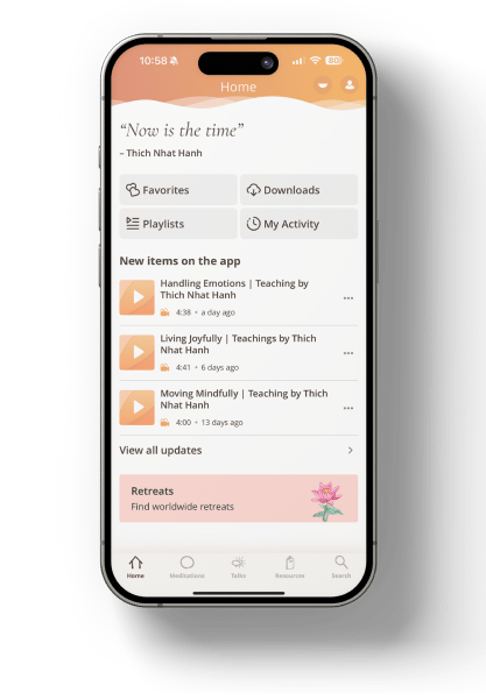Start a Sangha
Building a Sangha is like planting a sunflower. We need to be aware of which conditions will support the flower’s growth and which conditions will obstruct its growth.
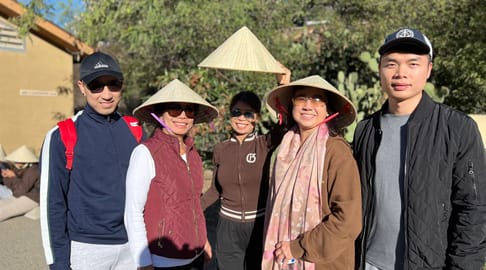
Building a Sangha is like planting a sunflower. We need to be aware of which conditions will support the flower’s growth and which conditions will obstruct its growth.


Turn Your Inbox into a Dharma Door
Subscribe to our Coyote Tracks newsletter on Substack to receive event announcements, writing, art, music, and meditations from Deer Park monastics.
Support Deer Park
Donations are our main source of support, so every offering is greatly appreciated. Your contribution helps us to keep the monastery open to receive guests throughout the year.
DonateBuilding a Sangha is like planting a sunflower. We need to be aware of which conditions will support the flower’s growth and which conditions will obstruct its growth.
We need healthy seeds, skilled gardeners, and plenty of sunshine and room to grow. When we engage in Sangha building, the most important thing to remember is that we are doing it together. The more we embrace the Sangha, the more we can let go of the feeling of a separate self. We can relax into the collective wisdom and insights of the Sangha. We can see clearly that the Sangha eyes and hands and heart are greater than that of any individual member of the Sangha.
We have the opportunity to help build our Sangha in every moment, by participating in activities of the Sangha and contributing our energy and insights. To sustain our own practice when we leave the practice center, we need to know how to build a Sangha. Let us be active in establishing connections with those around us. When we realize our true nature of interbeing, we naturally seek to connect with others by sharing our practice and seeking the support and guidance of our fellow practitioners.
Thay instructs us to be energetic in the practice of mindfulness. The past is finished and the future is uncertain, only in the present can we discover the miracle of life. Living in this spirit, we are already valuable members of our Sangha. We will know how to engage in the continuous process of building a refuge for many beings.
Thay encourages us all to be Sangha builders, following the footsteps of the Awakened One, who was a great Sangha builder. When we are able to live and practice in harmony in a small community, we can then share this harmony with the larger Sangha, our family and friends, our co-workers, and our co-practitioners. When there is joy in the practice of Sangha building, then we know that we doing it correctly.
Please use The Sangha Handbook to learn more about Facilitating a Sangha Gathering, Guidance for Sangha Activities, Recitation Texts, and Practices.
Please use The Sangha Handbook to learn more about Facilitating a Sangha Gathering, Guidance for Sangha Activities, Recitation Texts, and Practices.
Download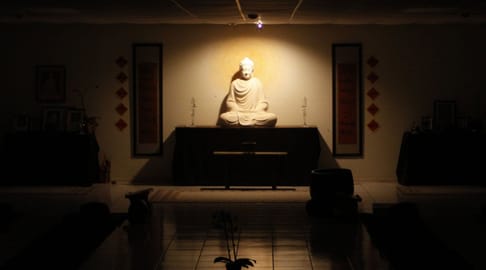
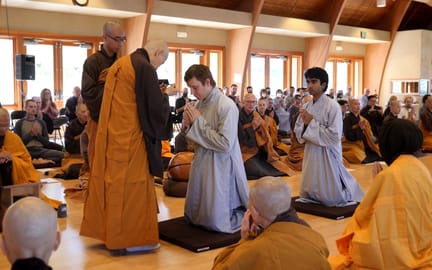
Those with a sincere aspiration to cultivate understanding and compassion as their only career are welcome to join our monastic community. Monks and nuns live, learn, practice and teach at Deer Park, living as a community rather than as individuals.
Explore Further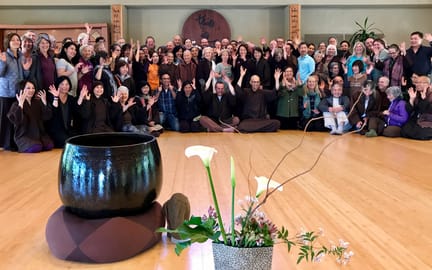
The Order of Interbeing is a community of monastics and lay people who have committed to living their lives in accord with the Fourteen Mindfulness Trainings — a distillation of the Bodhisattva (Enlightened Being) teachings of Mahayana Buddhism.
Learn More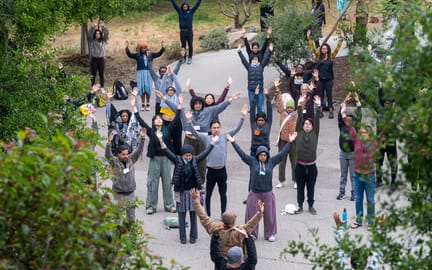
In the spirit of inclusion, courage, liberation, and co-creation fostered by Dr. King and Thay through their shared philosophy of the Beloved Community, we offer retreats and support finding sanghas for practitioners who self-identify as BIPOC.
Learn More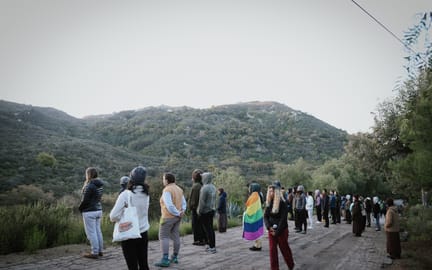
By its nature, the Plum Village tradition is inclusive and embraces all people. Wherever you come from, however you look or identify, whomever you love — you’re welcome at Deer Park. It’s in that spirit that we offer retreats and support sangha to the LGBTQIA+ communities.
Learn MoreFrom time to time we offer multi-week courses related to mindfulness, the teachings and life of Thich Nhat Hanh, and a variety of similar subjects. Please see our schedule of upcoming courses.

Take the Deer Park Monastery and Plum Village community with you wherever you go. The Plum Village app is designed to cultivate mindfulness, compassion, and joy through guided meditations, deep relaxations, practice poems, bells of mindfulness, and other practices — all through a mobile device.
